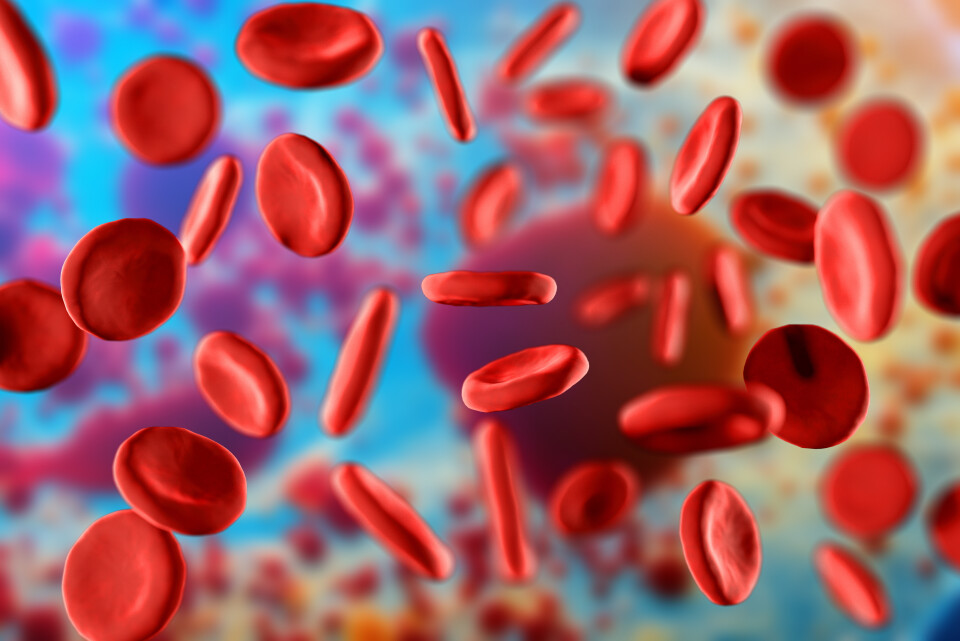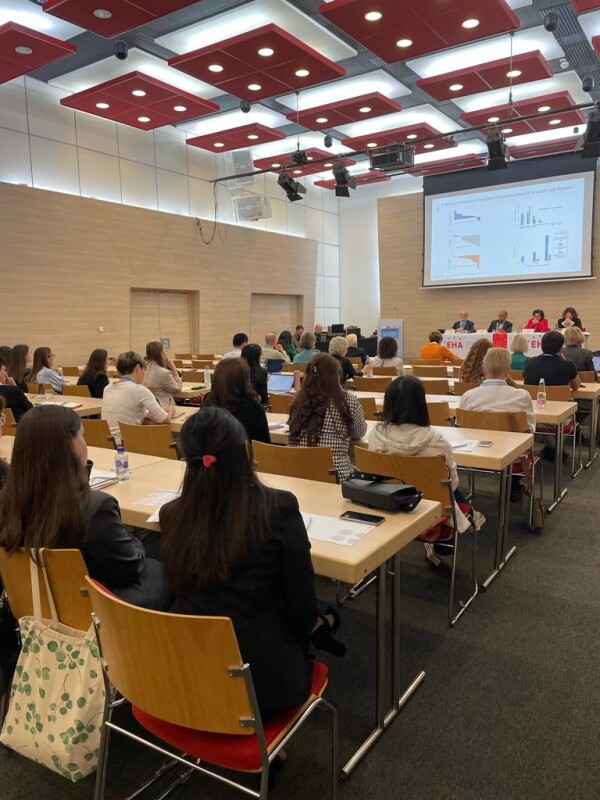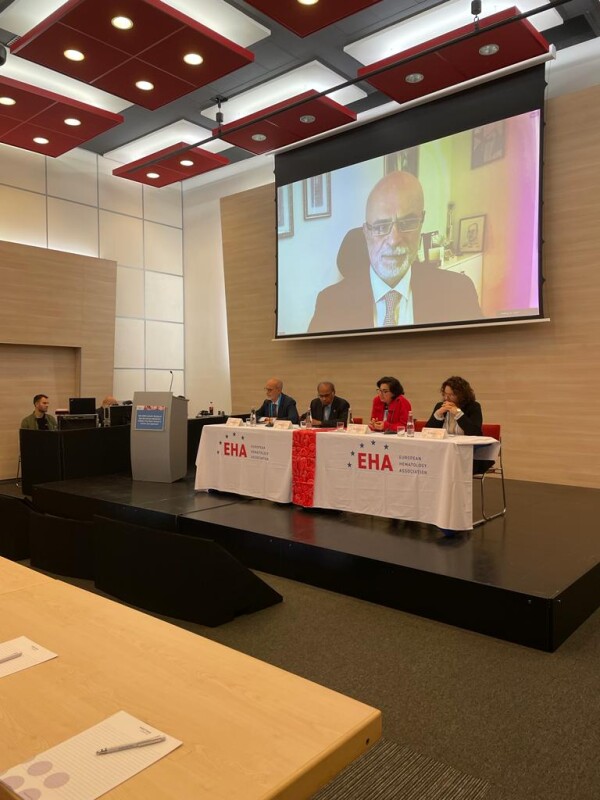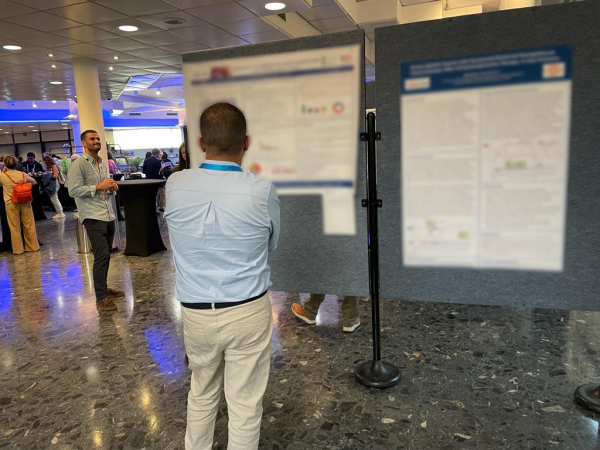This information originally appeared on the previous EHA website. Links to other pages may be inactive.

October 12-14, 2023 – Budapest, Hungary
Meeting Chairs:
Ali Taher, American University of Beirut Medical Center, Beirut, Lebanon
Achille Iolascon, University Federico II of Naples, Naples, Italy
In October 2023 EHA and the Specialized Working Group (SWG) on Red Cell and Iron hosted a scientific meeting focused on bringing the latest updates on inherited anemias and iron defects to the professional hematology community.
Leading experts joined co-chairs A Taher and A Iolascon in a variety of session formats, offering insights into red cell and iron biology during the erythropoietic differentiation process. Throughout presentations and panel discussions, these experts delved into the fundamental machinery and mechanisms facilitating extensive cell production and explored how alterations in these processes contribute to red blood cell disorders. The faculty also outlined potential approaches for diagnosing and treating both inherited and acquired conditions related to anemias and various red cell disorders.

Meeting attendees following a session.
The meeting covered the following topics:
- Thalassemias
- Sickle cell disease
- Diserythropoietic anemias
- Red cell enzyme defects
- Atypical microcytic anemias
- Hereditary hemochromatosis
- Iron metabolism
- Paroxysmal nocturnal hemoglobinuria
- Iron deficiency/iron deficiency anemia
The meeting adopted a hybrid format, providing attendees, both in-person and online, with the opportunity for Q&A. Additionally, a session was included in which a representative from EuroBloodNet shared insights and experiences from their work in the field.
The mixture between basic science and translational research was well balanced; this was positive for the heterogeneous audience - Faculty member

Meeting chairs A Taher (virtual) and A Iolascon (left) together with meeting faculty members.
By the end of the meeting, participants were able to:
- Understand flow charts for diagnosis.
- Gain new insights into inherited anemias and iron defects.
- Learn from clinical practice observations.
- Describe what's new in therapy for inherited anemias and iron defects.
Participants had the opportunity to submit abstracts for the conference. In total, the program included seven oral presentations and over 25 poster presentations.

Meeting attendee reading a poster presentation during the poster session.
Over 90% of the invited faculty expressed that the meeting was stimulating and successfully met its objectives. Similarly, the majority of participants found the gathering to be stimulating, relevant, and dynamic.
The meeting was certainly a success, not only in terms of young participants but also in their diverse representation. I had the opportunity to engage in conversations with young individuals from the United States, various European countries, Tunisia, Azerbaijan, Turkey, and Lebanon. - Achille Iolascon
The knowledge I gained has the potential to reshape my daily practices in clinical settings and inspire future research directions. – Anonymous attendee